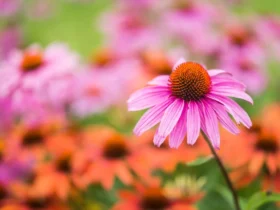Twinflower, scientifically known as Linnaea borealis, is a charming and delicate flowering plant that holds a special place in the hearts of nature enthusiasts. It is a low-growing perennial herb that is native to the northern regions of North America, Europe, and Asia. Twinflower is known for its unique characteristics, delicate beauty, and intriguing cultural significance.
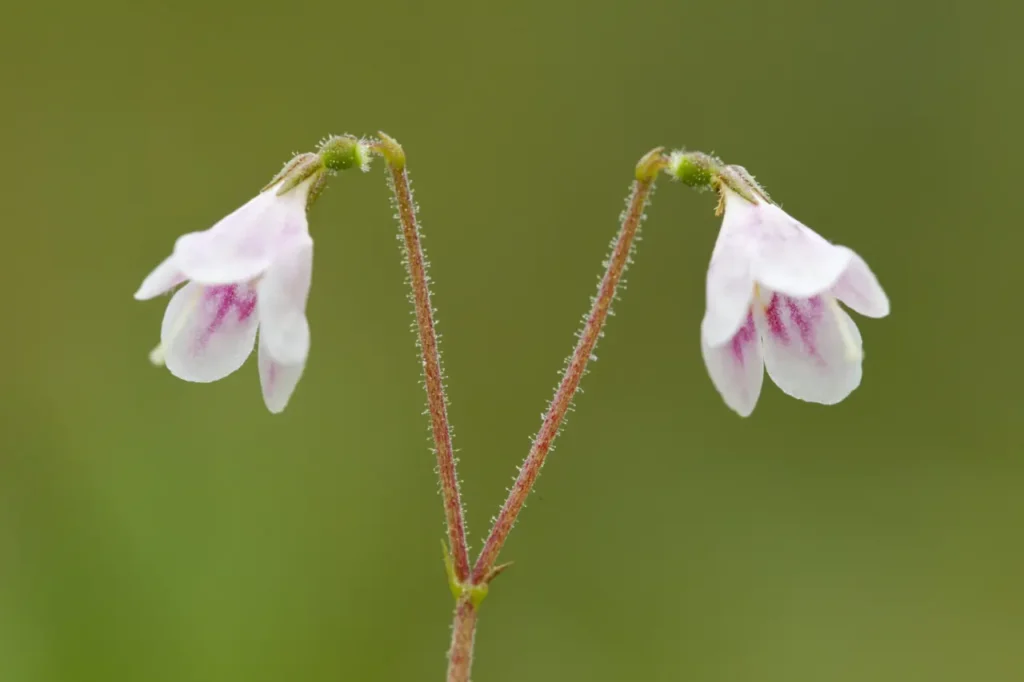
The name “Twinflower” refers to the plant’s paired flowers that bloom on a slender stalk. The flowers are small, bell-shaped, and usually pale pink or white in color. Each flower has a distinctive double corolla, giving rise to the common name “Twinflower.” The delicate petals and gentle fragrance of the flowers make them a delight to behold and attract pollinators such as bees and butterflies.
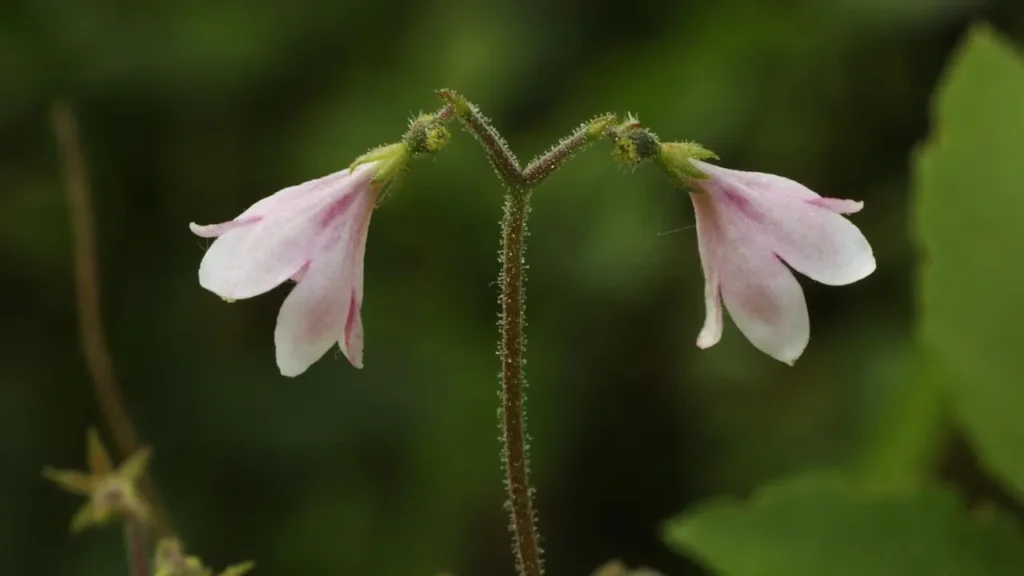
Twinflower is well-adapted to thrive in cool and moist environments. It is often found in forests, woodlands, and shaded areas with acidic soils. The plant typically forms dense, creeping mats along the forest floor, with its stems trailing along the ground and sending up occasional flower stalks. The leaves of Twinflower are small, opposite, and glossy, adding to its overall attractiveness.
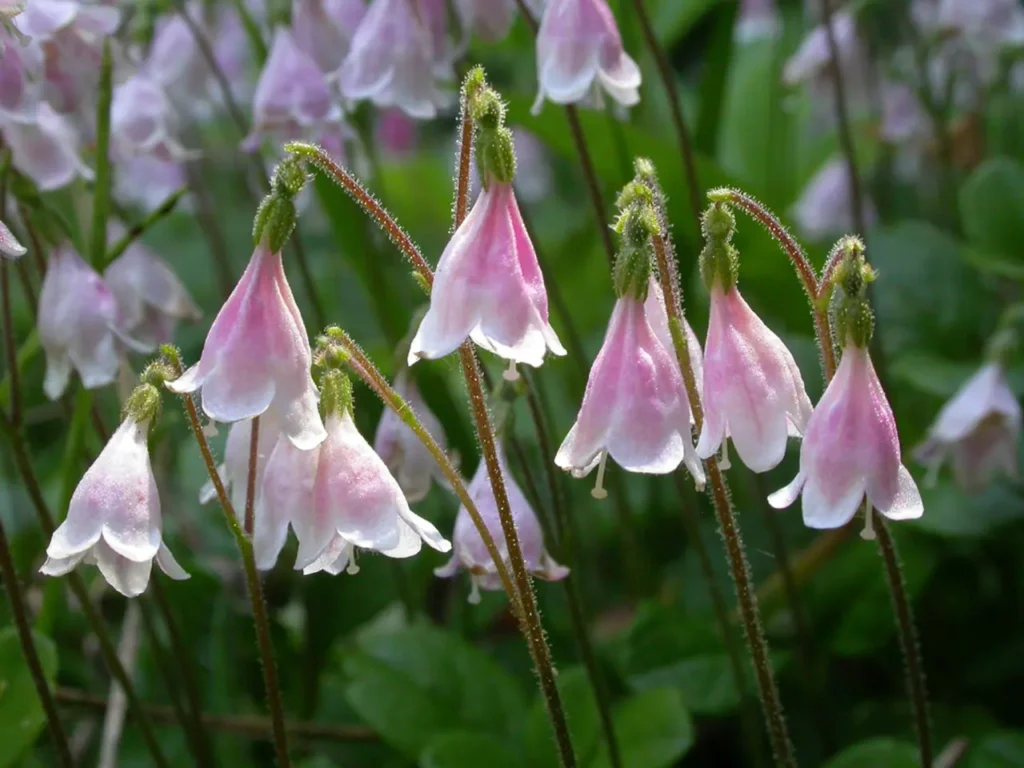
One of the most intriguing aspects of Twinflower is its cultural significance. It holds a special place in the folklore and traditional customs of various regions where it is found. In Sweden, for example, Twinflower is considered a symbol of friendship and is associated with loyalty and lasting bonds. It is also the provincial flower of the Swedish province of Småland. The plant has been referenced in literature and poetry, further adding to its cultural and historical importance.
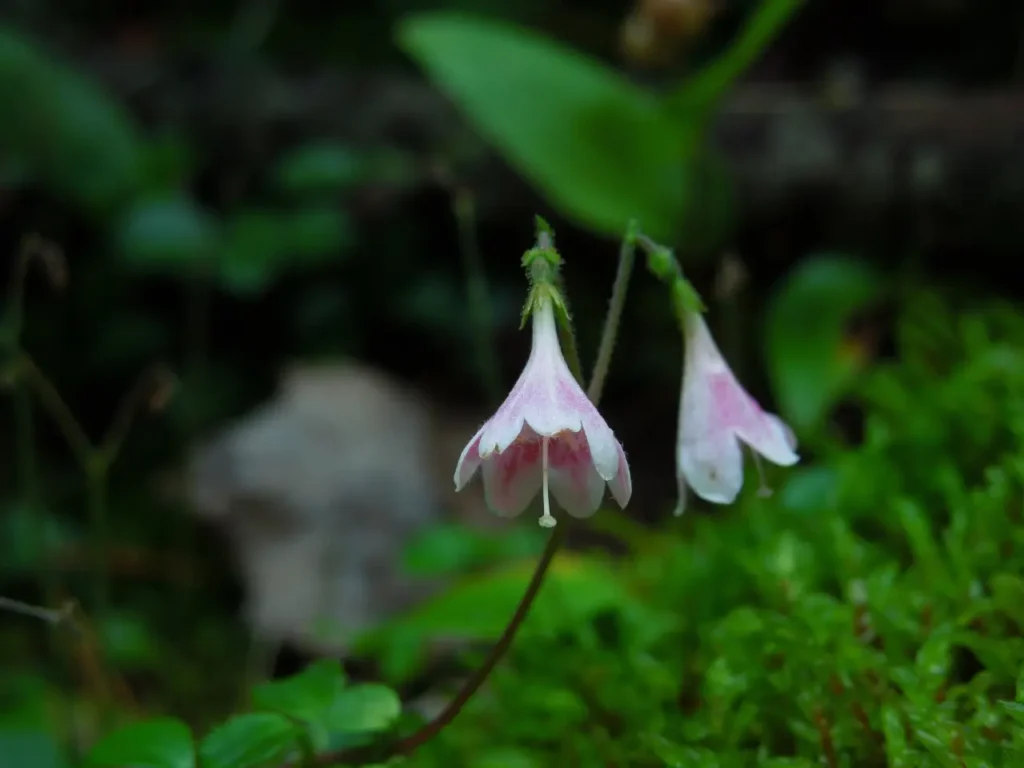
From a botanical perspective, Twinflower is of interest to plant enthusiasts and researchers. Its delicate and intricate flowers make it a subject of study for those interested in plant morphology, pollination mechanisms, and evolutionary biology. The plant’s ability to thrive in challenging environments also contributes to its scientific significance.

Conservation efforts are important to ensure the survival of Twinflower. It is considered a species of concern in some regions due to habitat loss and degradation. Conservation organizations and botanical gardens work towards preserving the plant’s natural habitats and raising awareness about its ecological importance.
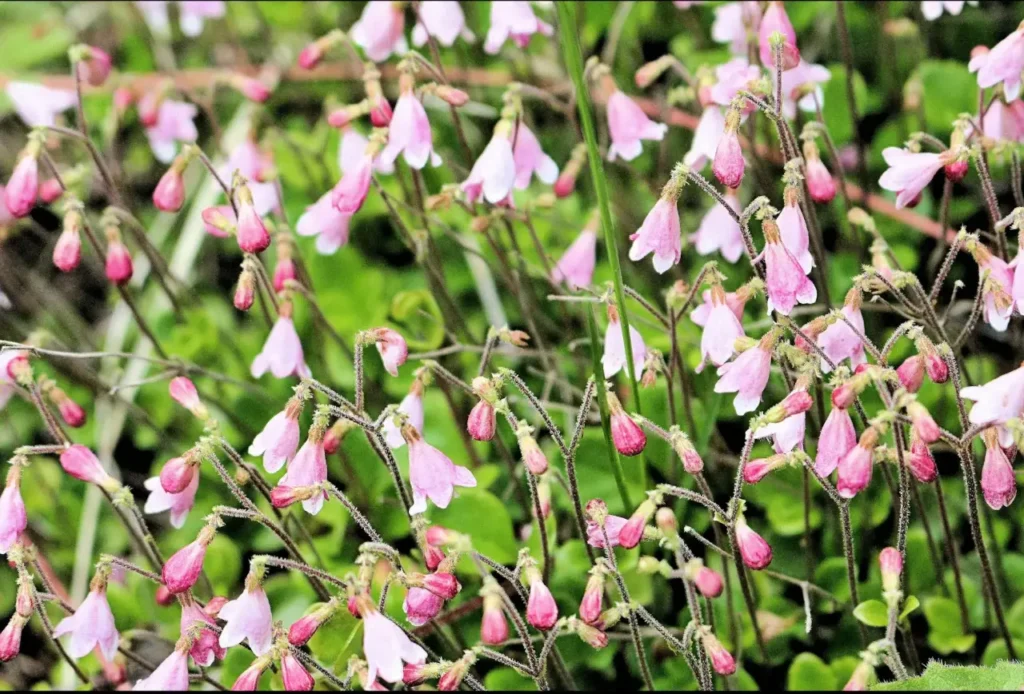
For gardeners and plant enthusiasts, Twinflower can be a wonderful addition to woodland gardens or shaded areas. It is a delicate plant that requires well-draining, acidic soil and a cool, shaded environment to thrive. With proper care and attention, Twinflower can bring a touch of natural beauty to home landscapes.
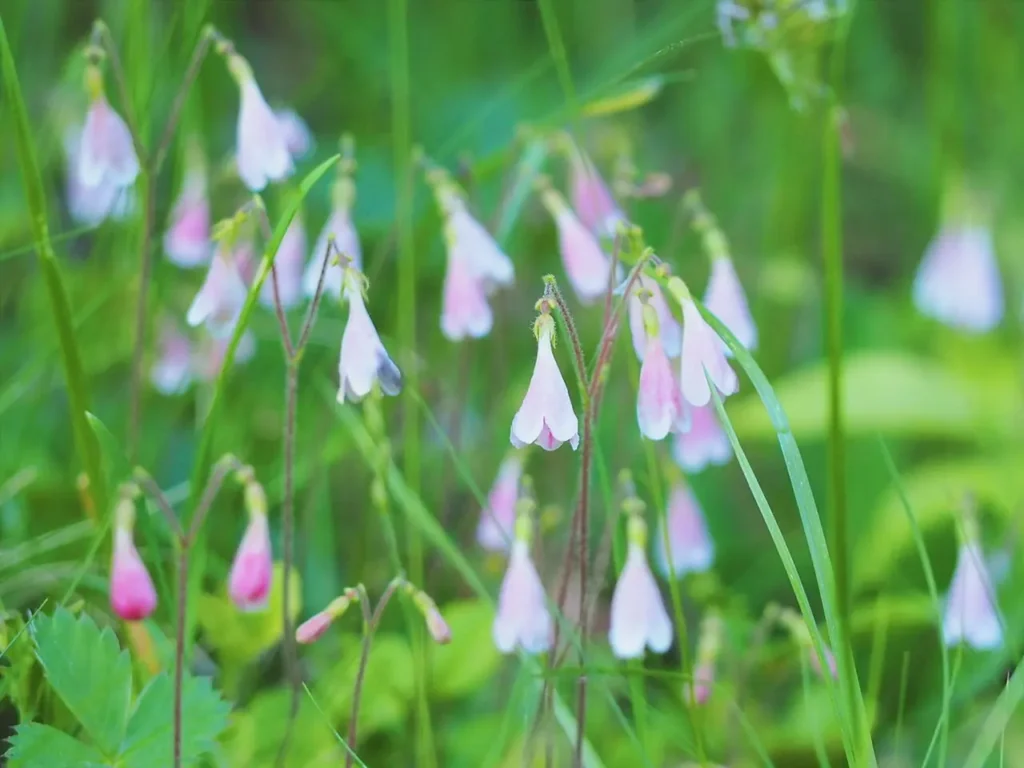
In conclusion, Twinflower (Linnaea borealis) is a charming and delicate flowering plant native to northern regions of North America, Europe, and Asia. Its paired flowers, trailing stems, and glossy leaves make it a captivating addition to woodland environments. The plant’s cultural significance, ecological importance, and unique characteristics add to its appeal. Whether encountered in the wild or cultivated in gardens, Twinflower is a true symbol of natural beauty and resilience.
